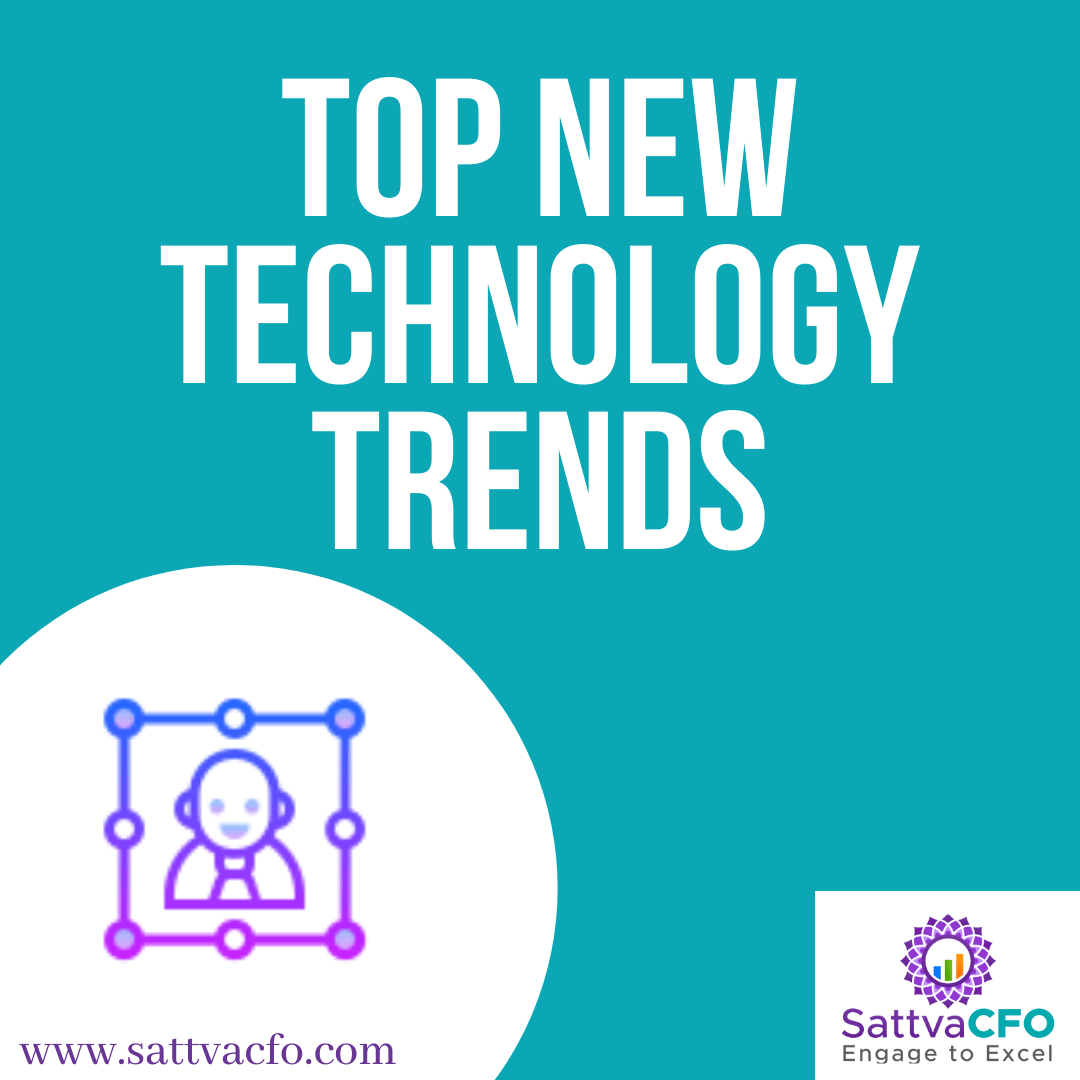Top New Technology Trends in 2022
Technology changes can cause significant disruption while also presenting considerable opportunities. AI engineering, Industrial IoT – Autonomous Things distributed cloud, cybersecurity mesh, and hyper-automation are all digital concepts that are fast maturing. This ongoing technological progress will allow the physical and digital worlds to become more aligned, giving certain businesses a competitive advantage. Latest top Information Technology Trends in 2022 includes Neuromorphic Chips, Augmented Analytics, Vertical SaaS.
Table of Contents
Top New Technologies Trend
The top new technologies trends are as follows:
Neuromorphic Chips
The use of very-large-scale integration systems containing electronic analog circuits to replicate neuro-biological architectures present in the nervous system is known as neuromorphic engineering, sometimes known as neuromorphic computing.
Augmented Analytics
Augmented Analytics is a data analytics strategy that leverages machine learning and natural language processing to automate analysis tasks typically performed by a professional or data scientist. Augmented analytics is the process of utilizing enabling technologies such as machine learning and artificial intelligence to assist with data preparation, insight generation, and insight explanation to increase how humans explore and analyze data in analytics and business intelligence platforms.
Zero-Trust Security
Zero Trust is a security concept based on the belief that organizations should not trust anything inside or outside their perimeters and should instead verify anything attempting to connect to their systems before granting access.
CoBots (Collaborate Robots)
A cobot, or collaborative robot, is a robot designed for direct human-robot contact in a shared area or proximity to people. Traditional industrial robot applications, in which robots are segregated from human contact, contrast with cobot applications.
Industrial IoT
The industrial Internet of things (IIoT) refers to interconnected sensors, instruments, and other networked devices with industrial applications on computers, such as production and energy management.
Autonomous Things
Autonomous Things abbreviated AuT, or the Online world of independent things, abbreviated IoT, is a new term for the technological developments expected to bring computers into the physical world as self-contained entities capable of freely moving to converse with humans other autonomous entities.
Edge Computing
Edge Computing is a distributed, open IT architecture that enables mobile computing and Internet of Things (IoT) technologies by providing dispersed processing capacity. Rather than being transferred to a data center, data is processed on the device itself or by a local computer or server in edge computing. Neuromorphic Chips, Augmented Analytics, Industrial IoT, Autonomous Things.
Hyperscale Data Centres
Hyperscale Data Centers are extensive business-critical facilities built to efficiently serve robust, scalable applications and are frequently associated with organizations that generate large amounts of data. Hyperscale data centers are substantially larger than corporate data centers, outperforming them significantly due to economies of scale and bespoke engineering. A hyperscale data center should have more than 5,000 servers and 10,000 square feet, albeit by no means an established definition.
Vertical SaaS
A Vertical SaaS solution is a collection of software solutions that cater to the demands of a specific industry. Vertical SaaS enterprises may be built to handle a single problem or a slew of business difficulties, but they all cater to a particular market regardless of the approach. Vertical SaaS companies, on the other hand, cater to the specific demands of a single industry, such as retail, finance, healthcare, or hospitality. In comparison to their horizontal counterparts, this strategy takes a more conservative approach to product promotion.
Synthetic Data
Synthetic Data is information that is generated artificially rather than by real-world events. Synthetic data is generated algorithmically and used as a stand-in for production or operational data test datasets, mathematical model validation, and, increasingly, machine learning model training. latest top information technology trends.
Digital Twins
A Digital Twins is a virtual representation of a physical object or activity that acts as its real-time digital equivalent. The generation of digital twins is the consequence of continuous progress in product design and engineering efforts.
One must strive to keep pace and upskill oneself and the team with the New Technology Trends in 2022.





Leave a Reply